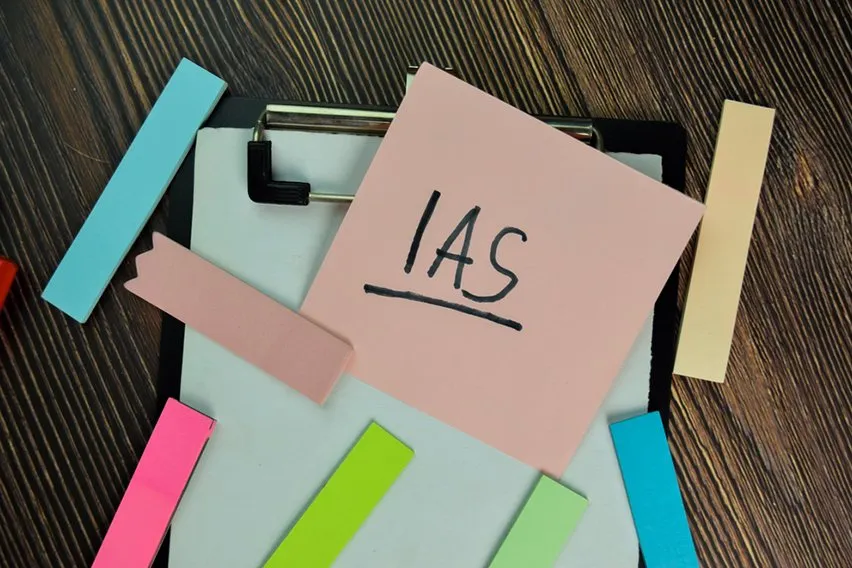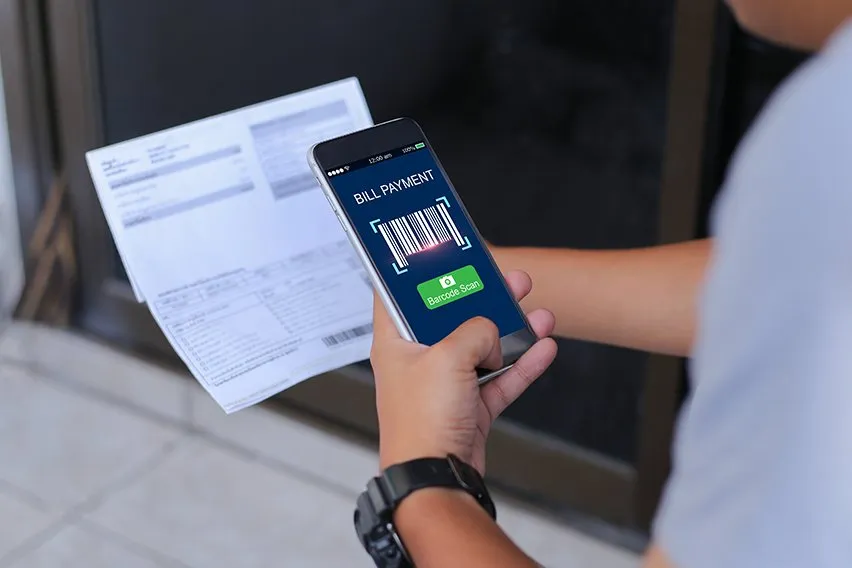What Is IAS (Instalment Activity Statements)

As a business owner in Australia, you are required to register for the goods and services tax (GST). There are requirements you have to meet in order to register for the tax. If you don’t meet the qualifications that require GST registration, it is optional for your business. If you’re not registered for the GST, you may choose to use an Instalment Activity Statement (IAS) instead.
Here’s What We’ll Cover:
Choosing Your Instalment Payment
Tips for Successful IAS Filing
When to Use an IAS Form
Whether you register for the GST or not, business owners have to submit a quarterly business activity statement (BAS). If you participate in pay as you go (PAYG) on behalf of yourself and your employees, you need to file an IAS form alongside your BAS. The Australian Tax Office (ATO) issues your IAS every month. The document serves to summarize your PAYG instalments and ABN withholdings for the reporting period.

What to Expect
Your IAS is a printed form that the ATO mails in advance of your due date. There is not currently an online application form. After completing the process a few times, you’ll understand it better. When you receive your IAS form, it is pre-filled with your business information. You fill in the details from your current instalment period and send it back to the ATO.
Choosing Your Instalment Payment
Calculating Your Rate
You have two options for calculating how much to pay each term. The ATO provides you a rate, and it’s easiest to pay the rate that they calculate on your behalf. If you want to save money in the long run, you may want to dedicate more time to calculate your rate for the IAS form. According to the ATO website, you have to take the following factors into account when calculating your own rate:
- Change in investments
- Change in legislation or product mix
- Consolidations
- Current business structure not continuing
- Financial market changes
- Internal business restructure
- Significant change in trading conditions
- Use of income tax losses
Along with your own rate calculation, you must provide reasons for your result.
Calculating Your Income
It is important to know what counts as income and what doesn’t count. Keep in mind that you should exclude any portions that count toward your GST. Your business income for instalment payments includes:
- All income from a foreign source
- Any foreign pensions that Australia can assess as income
- Any income from a trust or partnership
- Any interest you earn on an account
- Dividends you either received or reinvested (you shouldn’t include imputation credits)
- Gross rent
- Gross sales
- Gross fees for services
- Farm management withdrawals (any farm management deposits reduce your income for the current instalment period)
- Income you earn from selling a product or service
- JobKeeper payments
- Royalties
- Super funds or self-managed super funds must claim net capital gains or net losses
- Tax credits for fuel
- You may calculate the gross amount of income if you didn’t provide your (TFN) or (ABN) and tax was withheld as a result.
You should not include these items when calculating your instalment income:
- Any dividend amounts that fall under specific provisions of Australia’s income tax laws
- Any exempt income like family tax benefit payments and child care benefit payments
- Any payments or income provided to the National Rental Affordability Scheme
- Capital gains with the exception of superannuation funds and self-managed super funds
- Franking credits that appear on your dividend statement
- Grants that fall under the energy grants credits scheme
- GST amounts
- Income attributed to salary and wages if the amounts were withheld or should be withheld when following the PAYG system
- Luxury car tax (LCT) that you charge
- Wine equalisation tax (WET) that you charge
Putting Everything Together
Once you calculate your income and know your rate, you use the two amounts to calculate how much you owe. It’s important to get an accurate income amount and an accurate rate. Wrong calculations in your favour may result in credits for the annual period. However, paying too little in taxes can cost you more in future periods once the ATO processes your IAS form.

Tips for Successful IAS Filing
- Maintain your paperwork in a safe place that is easily accessible. You may need to reference past documents for future filings.
- If your business didn’t have income for a period, you still have to file an IAS form by the required deadline.
- Prepare in advance, and don’t leave your IAS for the last minute.
- File and pay on time to ensure that you don’t incur late fees and other charges.
- Double-check that you signed and dated your IAS form before submitting it to the ATO. Simple mistakes like this can cost your time and money.
- Don’t send more than one copy of the IAS form with your submission.
- If you make a mistake that you cannot correct on your IAS form, contact the ATO immediately for a new form.
- Never send your IAS form without first making a copy for your own records.
Takeaways
If you’re a new business owner or have never filed an IAS form, it can seem daunting at first. With time and practice, each time you file will be easier than the last.
For more articles like these check out the Resource Hub.
RELATED ARTICLES

 Competitive Pricing Strategy: Definition, Examples, Pros & Cons
Competitive Pricing Strategy: Definition, Examples, Pros & Cons What Is a Bill of Exchange?
What Is a Bill of Exchange? What Is Churn Rate & How To Calculate It?
What Is Churn Rate & How To Calculate It? What Is a Business Line of Credit?
What Is a Business Line of Credit? What Is Interest Rate Parity (IRP)? An Overview
What Is Interest Rate Parity (IRP)? An Overview Business Structures Advantages and Disadvantages
Business Structures Advantages and Disadvantages